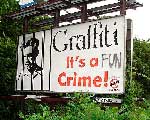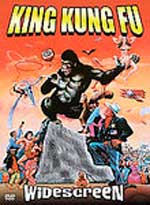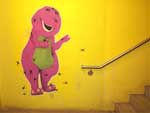Washington Post:
Shortly before he was inaugurated for his second term, President Bush was asked why no one was held responsible for the mistakes of the first. “We had an accountability moment,” he replied, “and that’s called the 2004 elections.”
Two years and a stinging midterm election later, Bush is having another accountability moment, but this one isn’t working out as well. The conviction of former White House aide I. Lewis “Scooter” Libby has coincided with a string of investigations into the mistreatment of injured soldiers and the purge of federal prosecutors, putting the operations of his administration into harsh relief.The timing may be coincidental, but the confluence of events has revived a pattern largely missing through the six years of Bush’s presidency, in which high-level officials accused of wrongdoing are grilled, fired and sometimes even jailed. For an administration that has been unusually opaque and mostly insulated from aggressive congressional oversight and prosecutorial investigation, it may seem like a gut-churning harbinger.
Here.
























